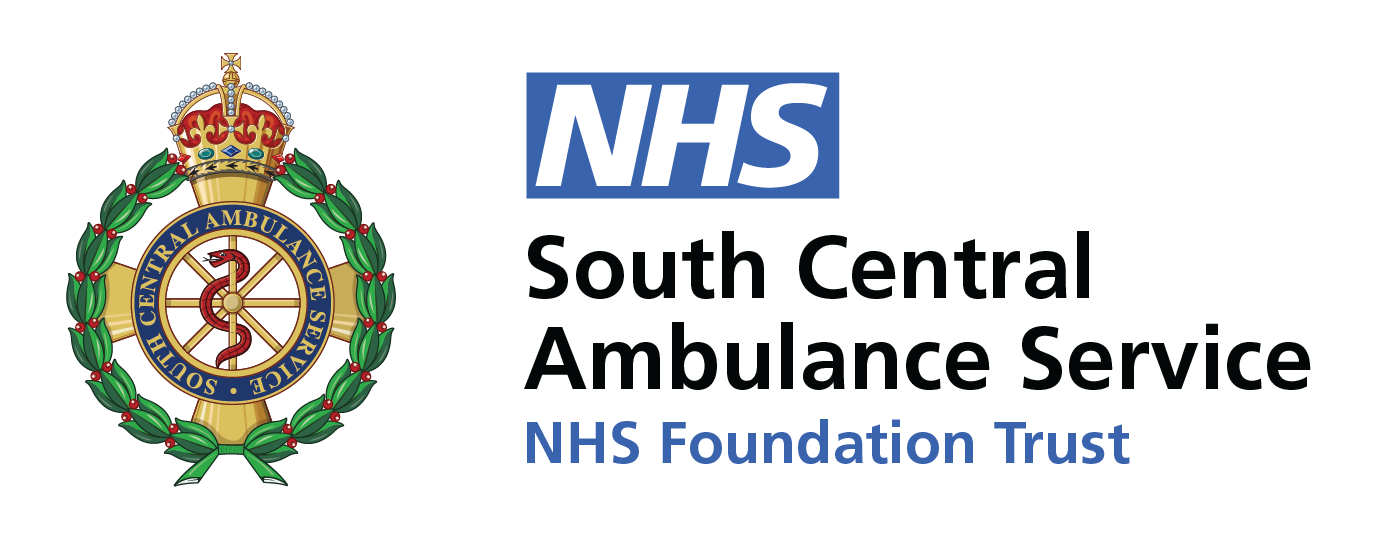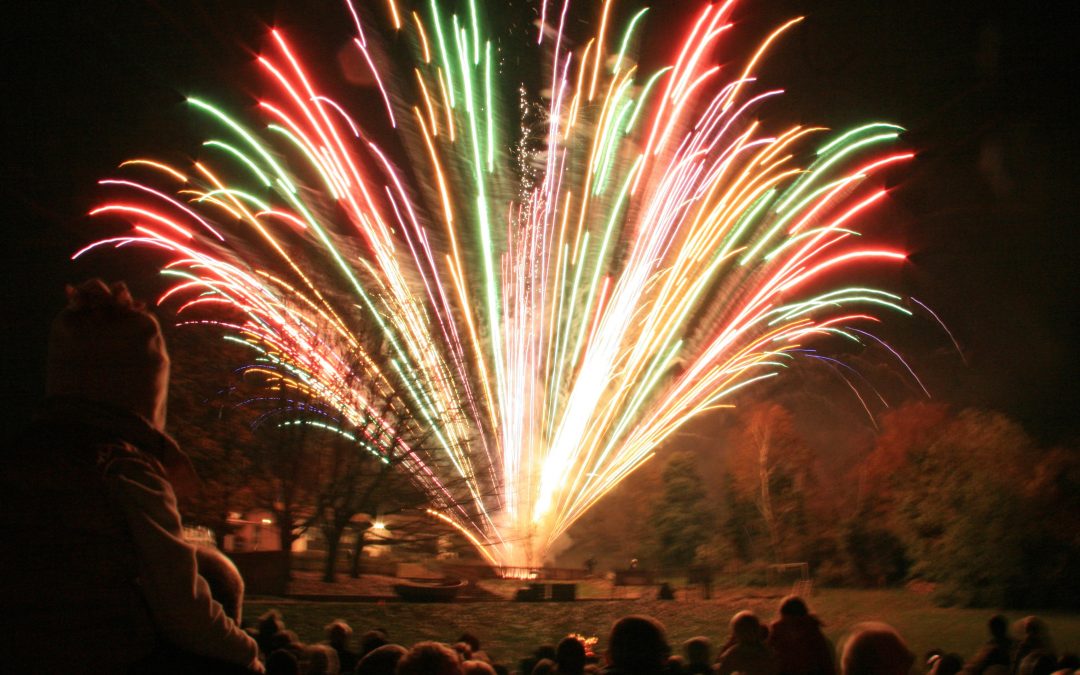Bonfires
Only adults should deal with bonfires and there is a reason for this: they can be very dangerous. Do you want to be a fire inspector for the night? Here are some simple but life saving guidelines.
- Keep a good distance from fires as you might burn if too close
- Bonfires should be at least 18m (60ft) away from houses, trees, hedges, fences or sheds.
- Use domestic firelighters when lighting a bonfire.
- Never use petrol, paraffin or other flammable liquids to light a bonfire.
Fireworks
On Bonfire Night, and on other occasions where there will be firework displays such as on New Year’s Eve, Diwali and Chinese New Year, it is important that you, your family and friends keep safe.
Here are some facts about fireworks and potential risks of not using them properly:
- First of all, fireworks can only be sold to persons aged 18 years or older
- Fireworks are not toys. They are explosives and can cause serious injuries
- Sparklers are classed as fireworks and the same laws apply. It is illegal for under 18s to possess fireworks in a public place. It is not a legal requirement to have any kind of licence or training to buy consumer fireworks
- Sparklers get five times hotter than cooking oil
- A rocket can reach speeds of 150mph
- A firework shell can reach as high as 200m
- Three sparklers burning together generate the same heat as a blowtorch
- You see the explosion of a firework before hearing it because sound travels at 761mph, but light travels at 671 million mph.
VERY IMPORTANT – Don’t pick up old, discarded rockets or bangers that have been lying on the ground as they can be enough to trigger a ‘bomb-like’ explosion causing serious hand and facial injuries.
What to do in case of a burn:
If the burn appears larger than the patient’s hand it will require a medical assessment. Deep burns of any size will require urgent hospital treatment.
IF THE BURN IS NOT DEEP, HERE ARE 5 ACTIONS FOR YOU TO TAKE, STEP BY STEP:
- Keep calm and make sure you stop the burning as soon as possible by removing the person from the area, dousing flames with water or smothering flames with a blanket. Do not put yourself at risk of getting burnt too!!
- Remove any clothing or jewellery near the burnt area of skin. BE VERY CAREFUL – don’t try to remove anything that is stuck to the burnt skin because this could cause more damage
- Cool the burn with cool or lukewarm water for 10 to 30 minutes, ideally within 20 minutes of the injury occurring. NEVER use ice, iced water or any creams or greasy substances such as butter.
- Keep yourself or the person warm. Use a blanket or layers of clothing, but avoid putting them on the injured area. Keeping warm will prevent hypothermia (this is when a person’s body temperature drops below 35ºC (95ºF).
- Cover the burn with cling film. Put the cling film in a layer over the burn, clean clear plastic bag can be used for burns on your hand.
IF THE BURN IS DEEP OR YOU ARE NOT SURE:
Call 999 immediately and ask for an ambulance if you or someone with you have a deep burn.
While waiting for an ambulance, and to help ease the symptoms it’s important to apply only cool running water from the tap or if there is no other water then the garden hose will do.
Never use ice or any other substance (egg whites or butter are NOT good for burns)

